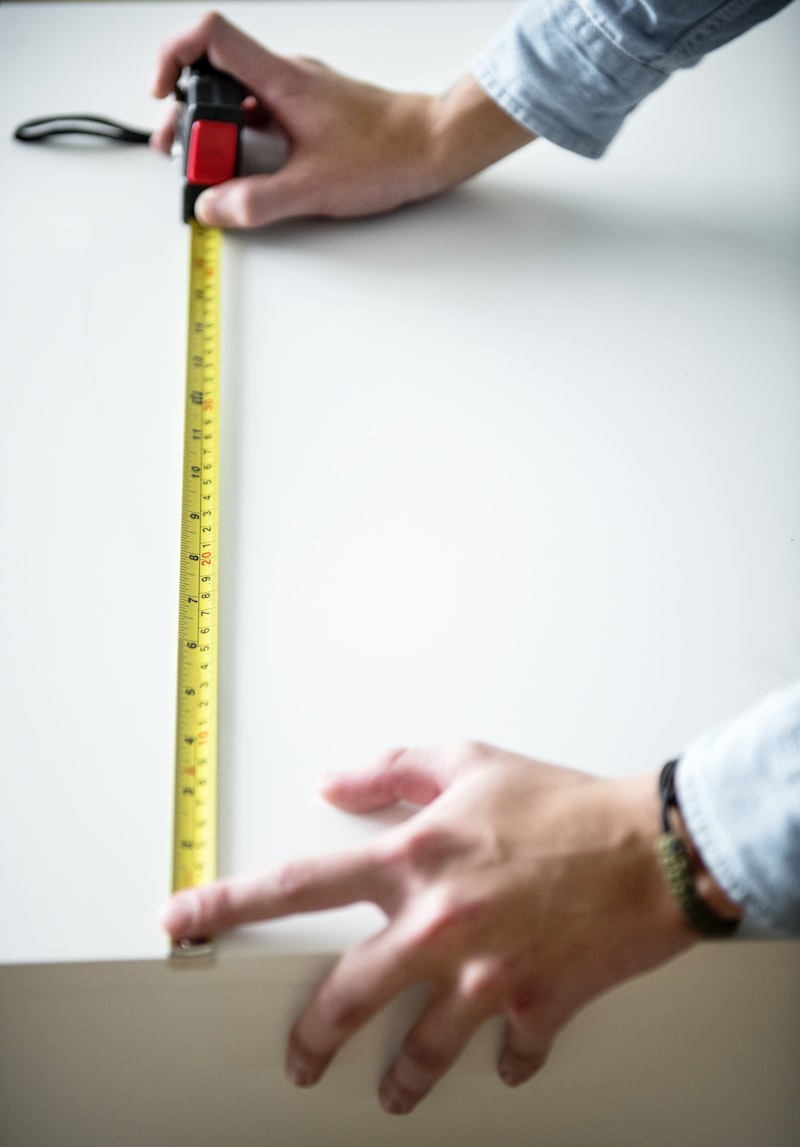Mastering the Art of Communication: How to Communicate Your Fitting Needs to a Tailor
Mastering the Art of Communication: How to Communicate Your Fitting Needs to a Tailor
When it comes to custom tailoring, effective communication is key to ensuring you receive the perfect fit tailored to your unique body shape and style preferences. Understanding how to communicate your fitting needs to a tailor can drastically impact the end result. This article will delve into practical tips, essential phrases, and common questions related to tailoring, making your tailor experience smoother and more rewarding.
Understanding the Importance of Communication with Your Tailor
Many people underestimate the significance of a thorough discussion with their tailor before alterations begin. A well-expressed request will help convey your expectations and help the tailor understand your vision. Here are a few reasons why communication is vital:
- Clarification of expectations: Clearly expressing your needs helps avoid misunderstandings and ensures that your tailor knows exactly what you want.
- Personal preferences: Tailors benefit from knowing your personal style and preferences, whether you lean towards a fitted look or prefer a more relaxed style.
- Technical jargon: Familiarizing yourself with terms used in tailoring can enhance your discussions and help you articulate your needs better.
Key Phrases to Communicate Your Needs
When discussing your fitting needs with a tailor, it can be helpful to know specific phrases that can aid in describing your vision. Here’s a list of key terms:
| Phrase | Meaning |
| "I need a little more room in the shoulders." | This indicates that you want the garment to fit comfortably around your shoulder area. |
| "Can you make the waist a bit slimmer?" | This requests the tailor to take in the fabric at the waist for a more tailored appearance. |
| "I prefer a cropped length." | This signifies that you would like the garment to be shorter than the standard length. |
| "Can you adjust the sleeve length?" | This request focuses on making the sleeves shorter or longer as per your preference. |
Steps to Effectively Communicate Your Fitting Needs
Effective communication with your tailor involves several simple yet crucial steps:
1. Prepare in Advance
Before your appointment, take the time to plan what adjustments you need. Consider trying on the clothing before visiting the tailor to identify specific areas needing alteration. Write down your thoughts to make your communication clearer.
2. Discuss Your Style
Share your fashion inspirations with the tailor. Bringing along photos or examples of outfits can be incredibly helpful. Use terms that reflect your style — whether it’s classic, contemporary, or boho — to communicate your aesthetic preference effectively.
3. Be Honest About Comfort
Don’t hesitate to express what’s uncomfortable. If you feel too tight around the waist or shoulders, a skilled tailor can assess the situation better with honest feedback. Your comfort is paramount.
4. Utilize Visual Aids
Visual aids can significantly enhance understanding. Use a tape measure to show the tailor specific measurements or an example garment to illustrate how you want the fit. Consider using  for better comprehension of sizes and adjustments.
for better comprehension of sizes and adjustments.
5. Ask Questions
After expressing your needs, don’t hesitate to ask any questions. For example, "What alterations do you recommend?" or "How will this change affect the overall style?" Having a dialogue about the potential fit and style improvements will help forge a collaborative relationship.
Common Questions Related to Tailoring
Here are some frequently asked questions regarding tailoring that may also address your concerns:
- What should I be ready for in terms of cost?
- How many fittings will I need?
- What is the typical turnaround time for alterations?
- Can I bring my own fabric?
Understanding Tailoring Terminology
Familiarity with tailoring terminology can help you express your fitting needs better:
- Inseam: the seam that runs along the inner leg, important for pant lengths.
- Rise: refers to the distance from the crotch to the waistband affecting the fit of pants.
- Hemming: a technique used to adjust the length of pants or skirts.
- Letting out: the process of adjusting a garment to be larger.
Potential Challenges and How to Overcome Them
While communicating your needs to a tailor, you might face challenges such as:
- Misinterpretation: Be clear and specific to avoid any chances of misinterpretation.
- Budget Constraints: Discuss pricing upfront to avoid surprises later.
- Time Restrictions: Be mindful of the tailor's schedule and try to plan fittings ahead of busy seasons.
Final Thoughts on Communicating Your Fitting Needs
To summarize, effective communication with your tailor is pivotal in achieving a tailored garment that reflects both your unique style and comfort needs. Whether you're expressing specific fitting adjustments or sharing your overall vision, clarity is crucial.
Remember that a good tailor will appreciate your feedback, and working together can lead to the best possible outcome. Utilize the tips outlined in this guide for your next tailoring experience. Happy tailoring!
